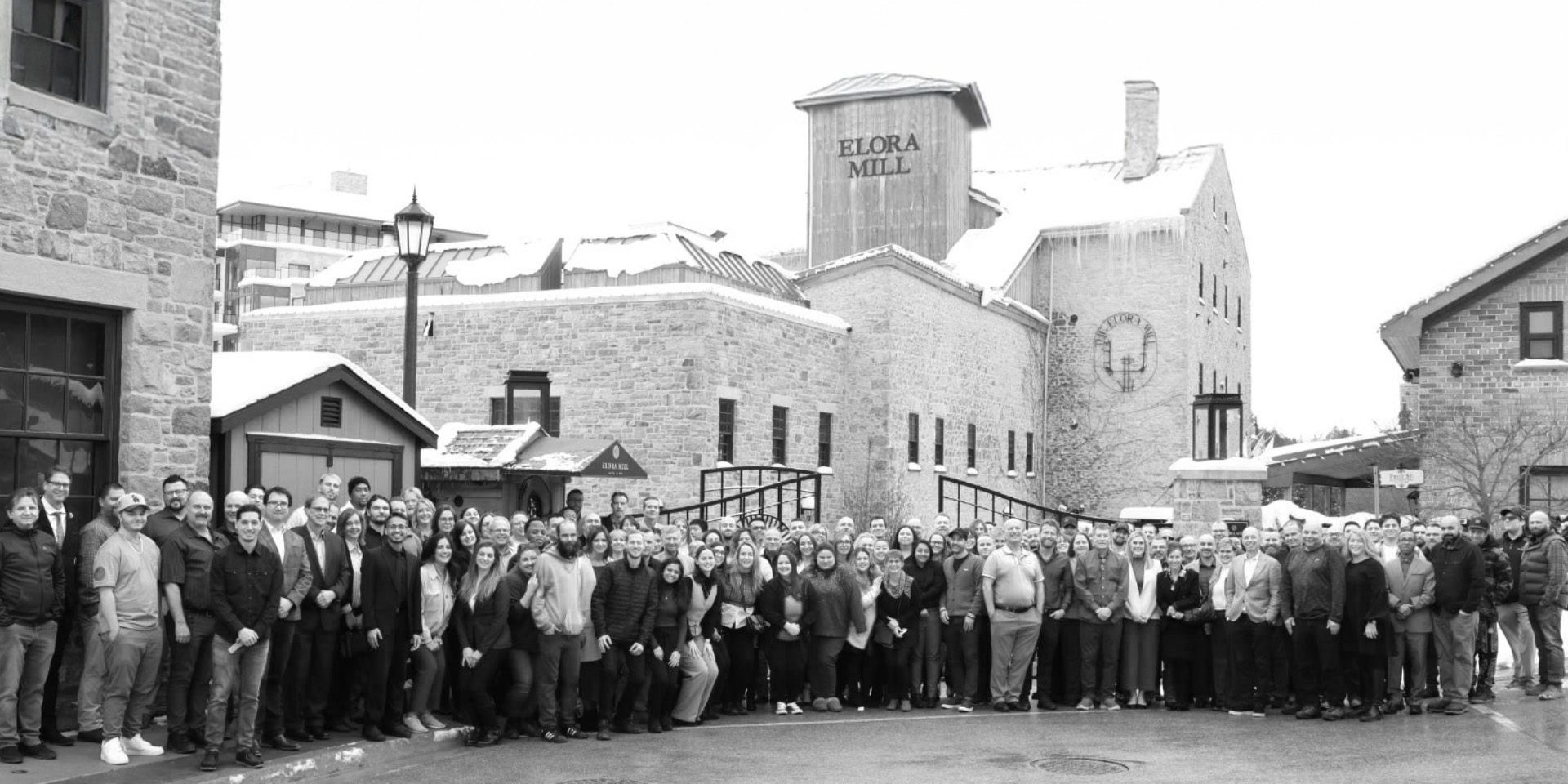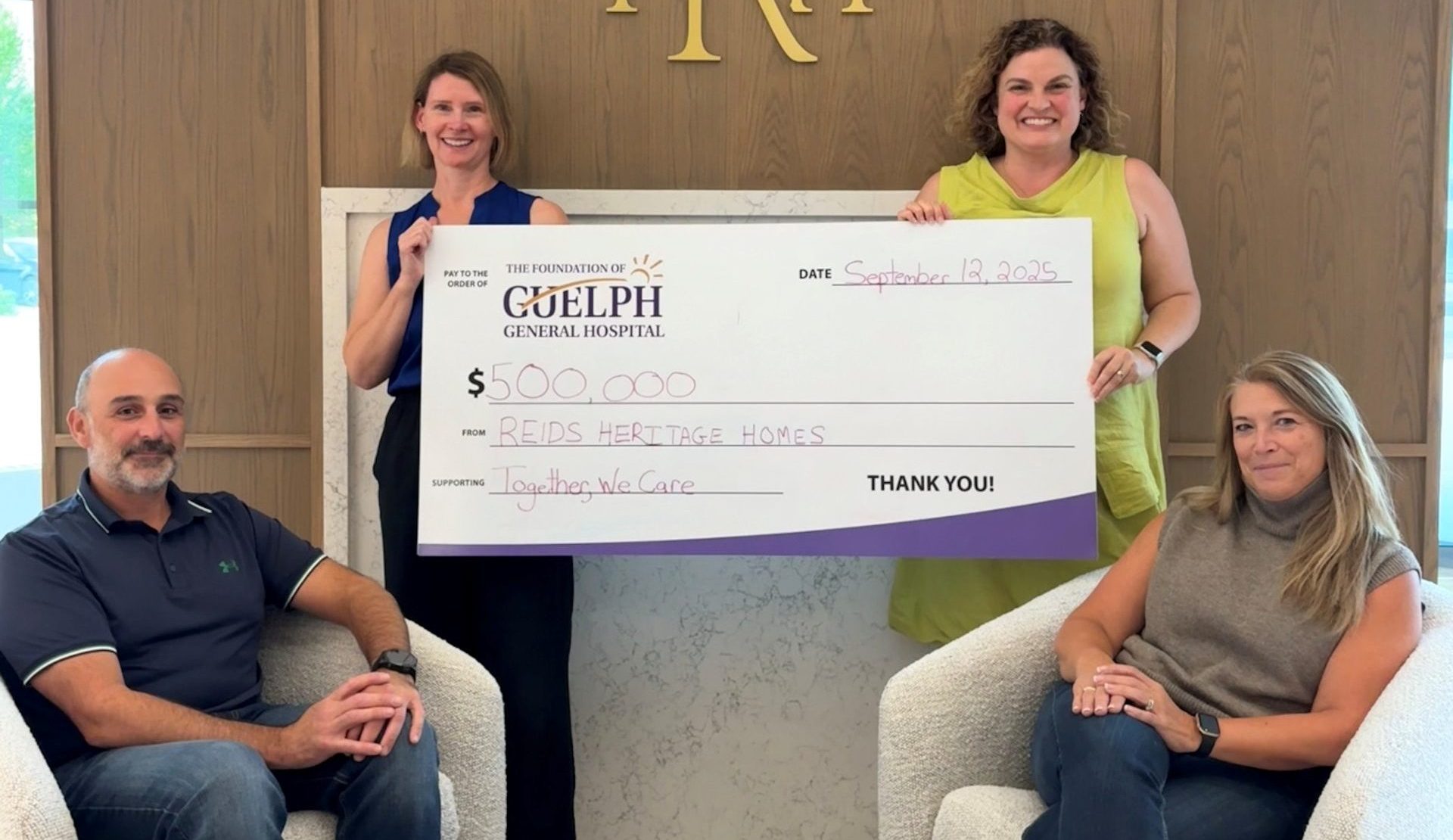News &
Events
Latest News

December 9, 2025
Corporate
The Transformative Impact of Make-A-Wish Canada on Our Communities
Read More
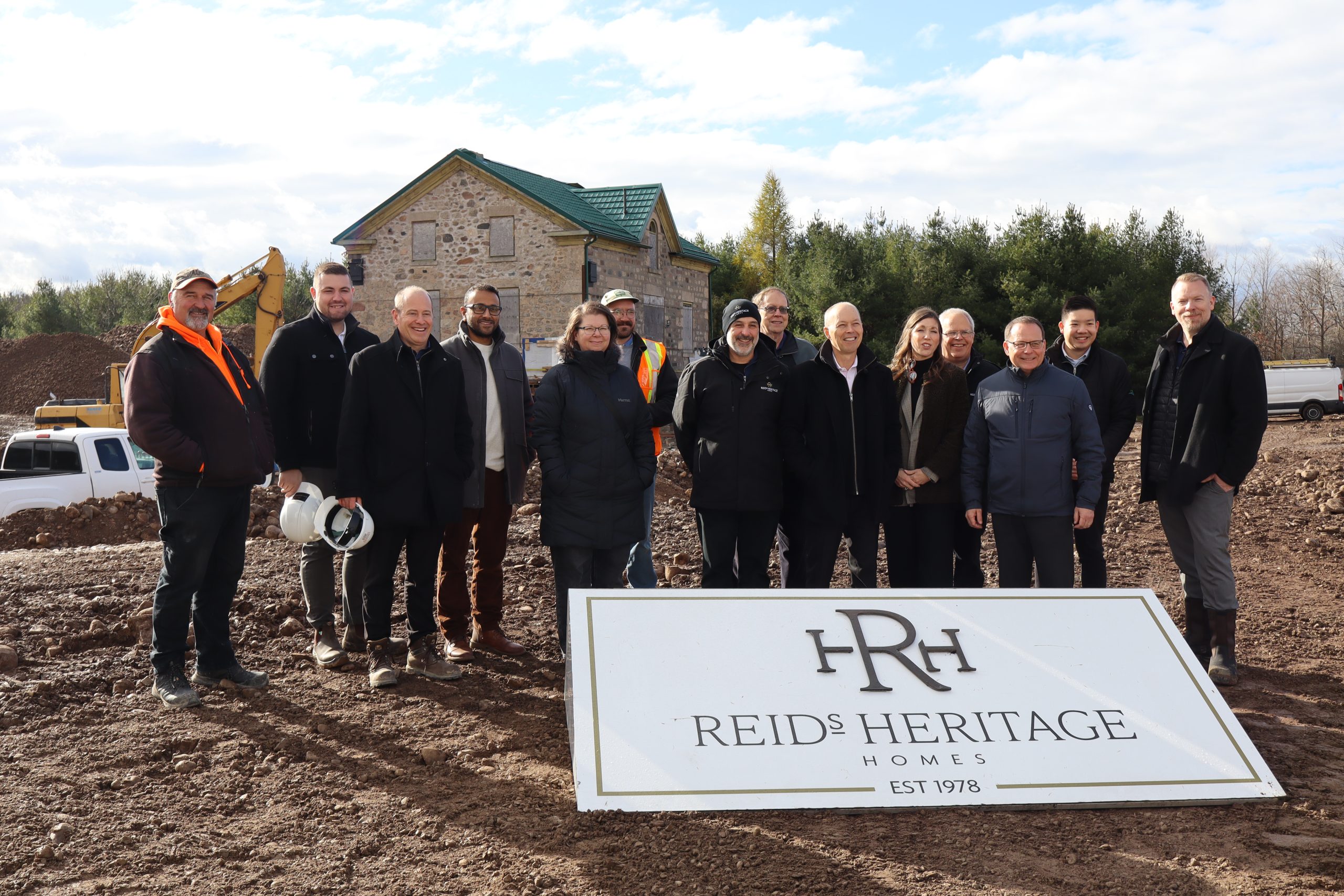
November 19, 2025
Corporate
Honouring the Past While Building the Future: The Hanlon House Moves to The Block on Clair
Read More

November 17, 2025
Corporate
Celebrating Sunrise Grove: A New Chapter for Fergus and Centre Wellington
Read More
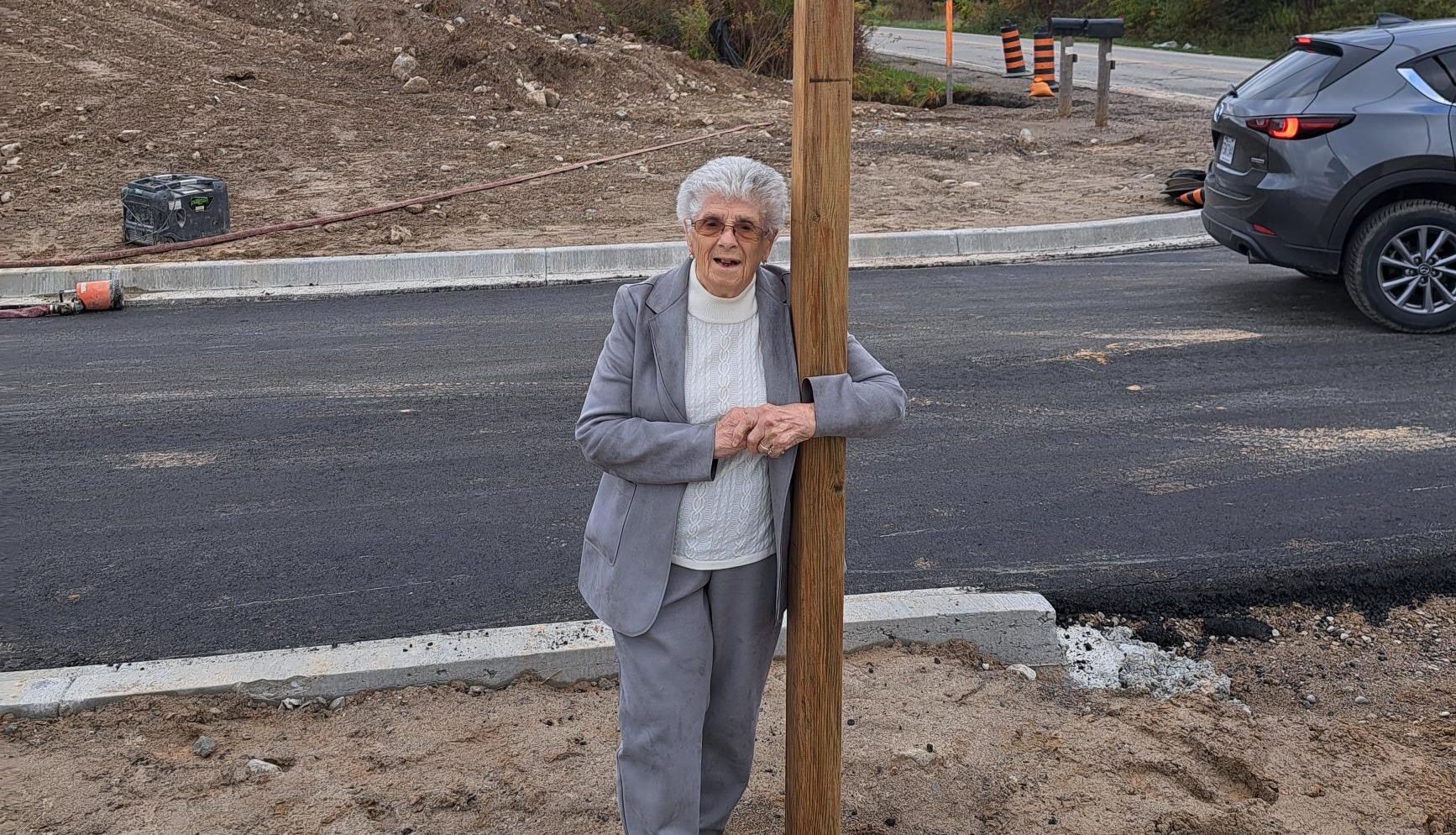
November 11, 2025
Corporate
Honouring a Legacy: Remembrance Day and the Naming of Miseferi Crescent
Read More
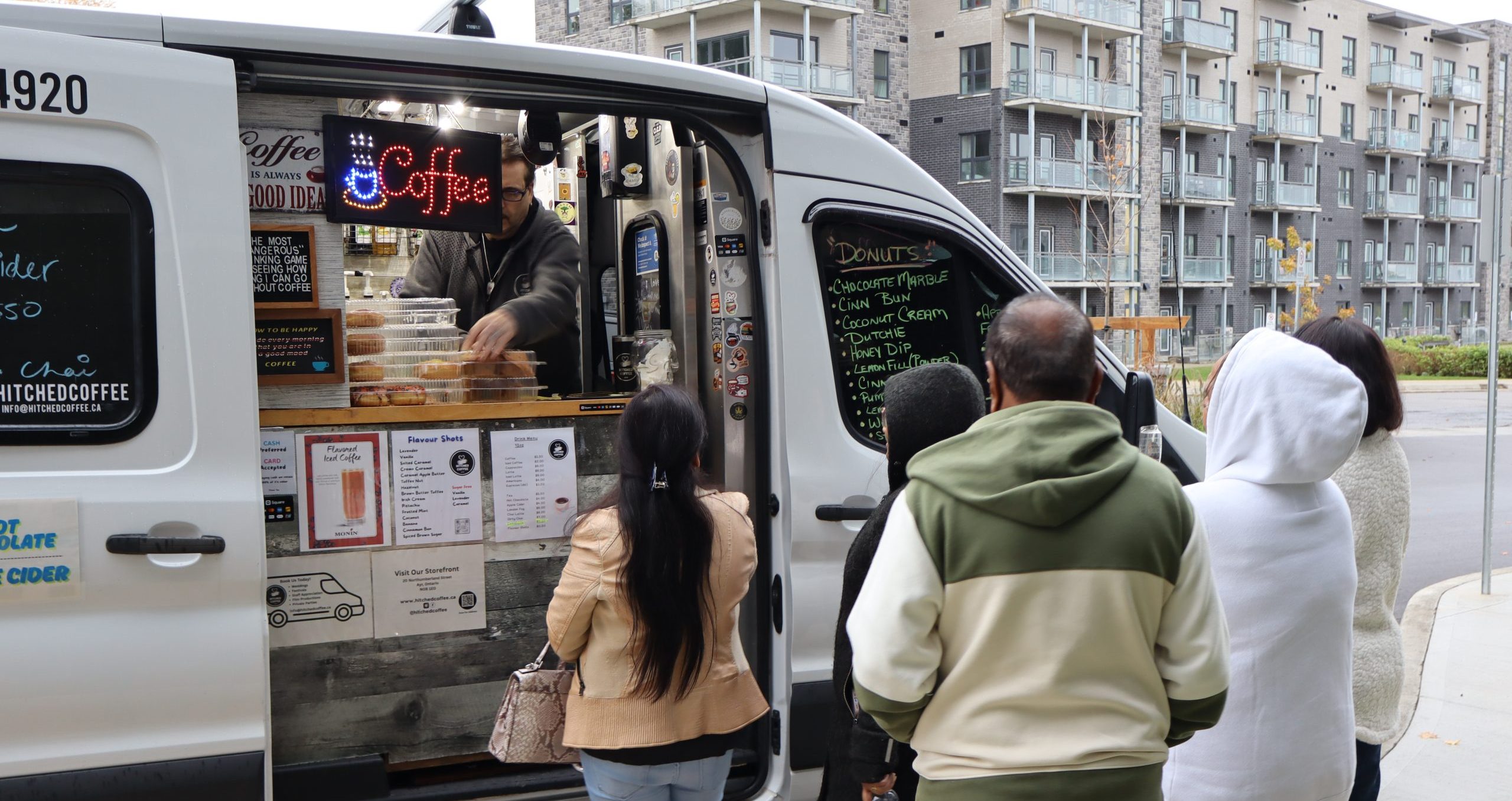
November 4, 2025
Corporate
Welcome Home: Celebrating Community at Lackner Ridge
Read More
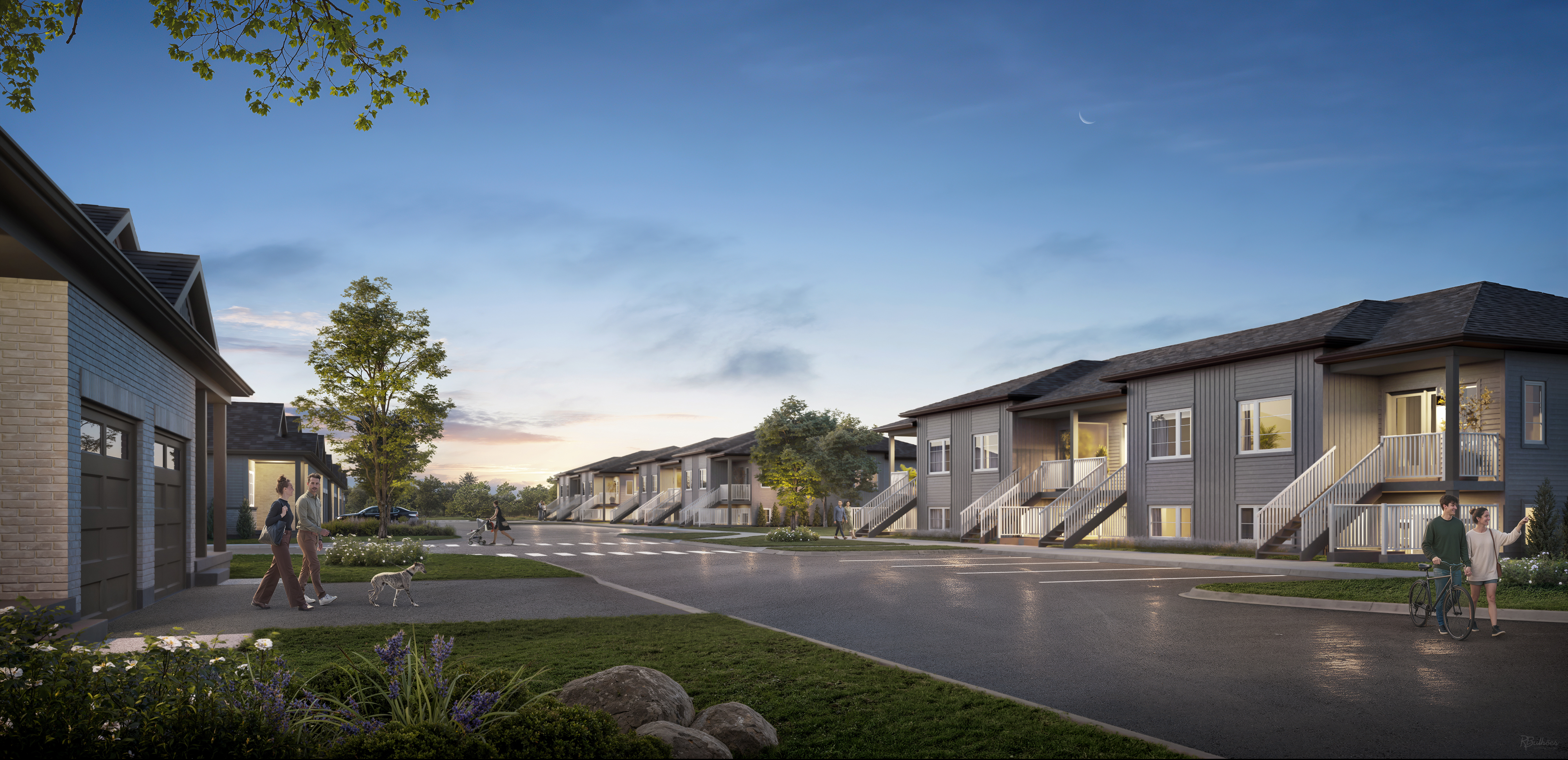
October 17, 2025
Corporate
Celebrating the Launch of Phase 4 at Poet & Perth: A New Community in Stratford
Read More

